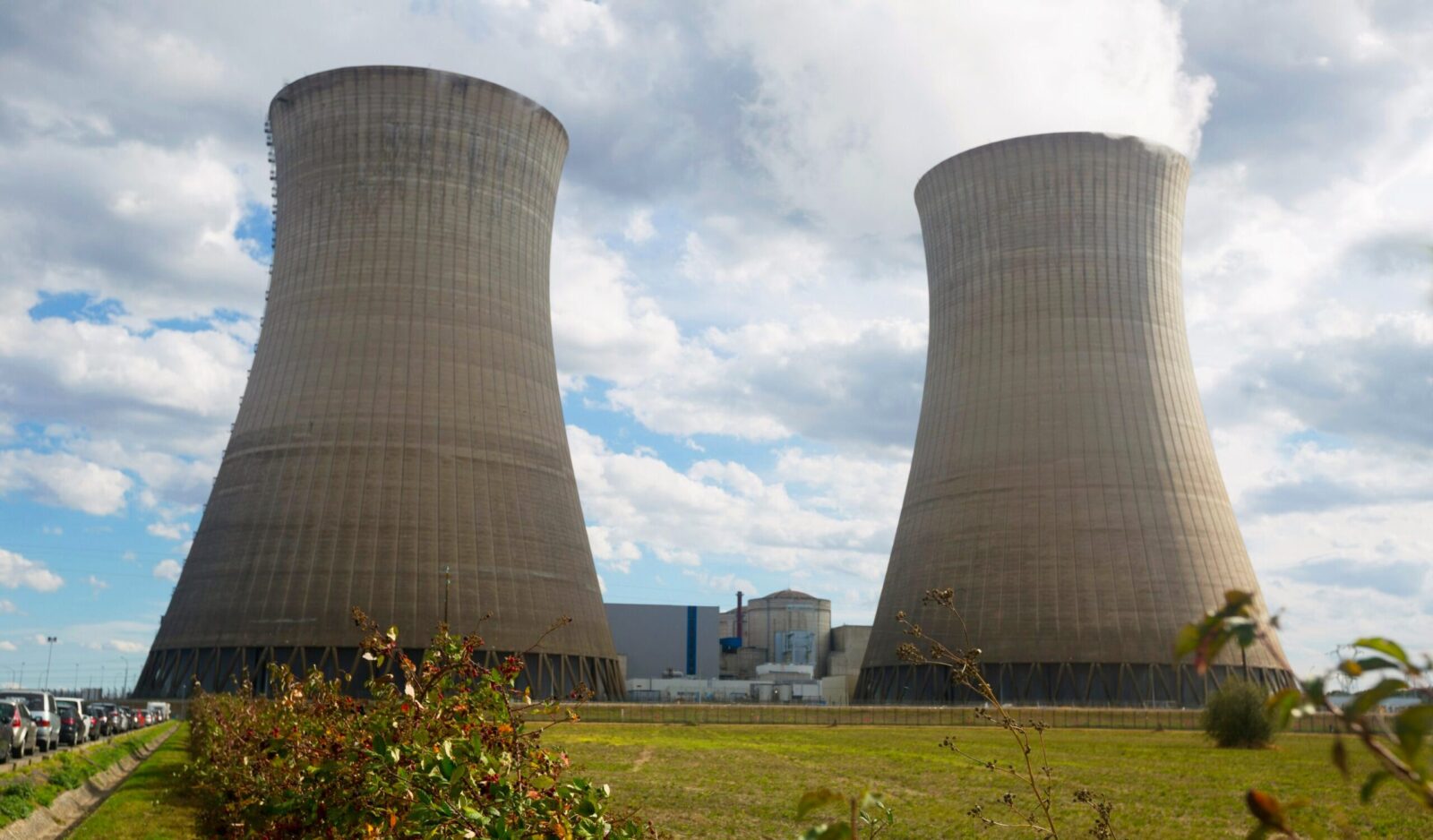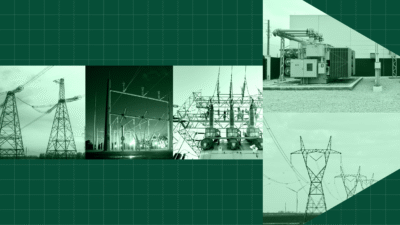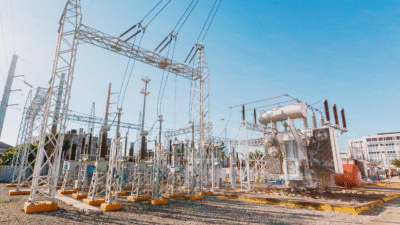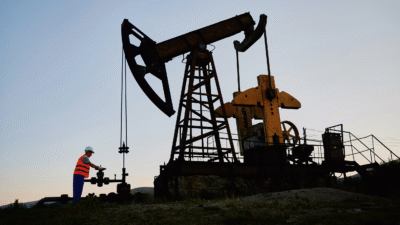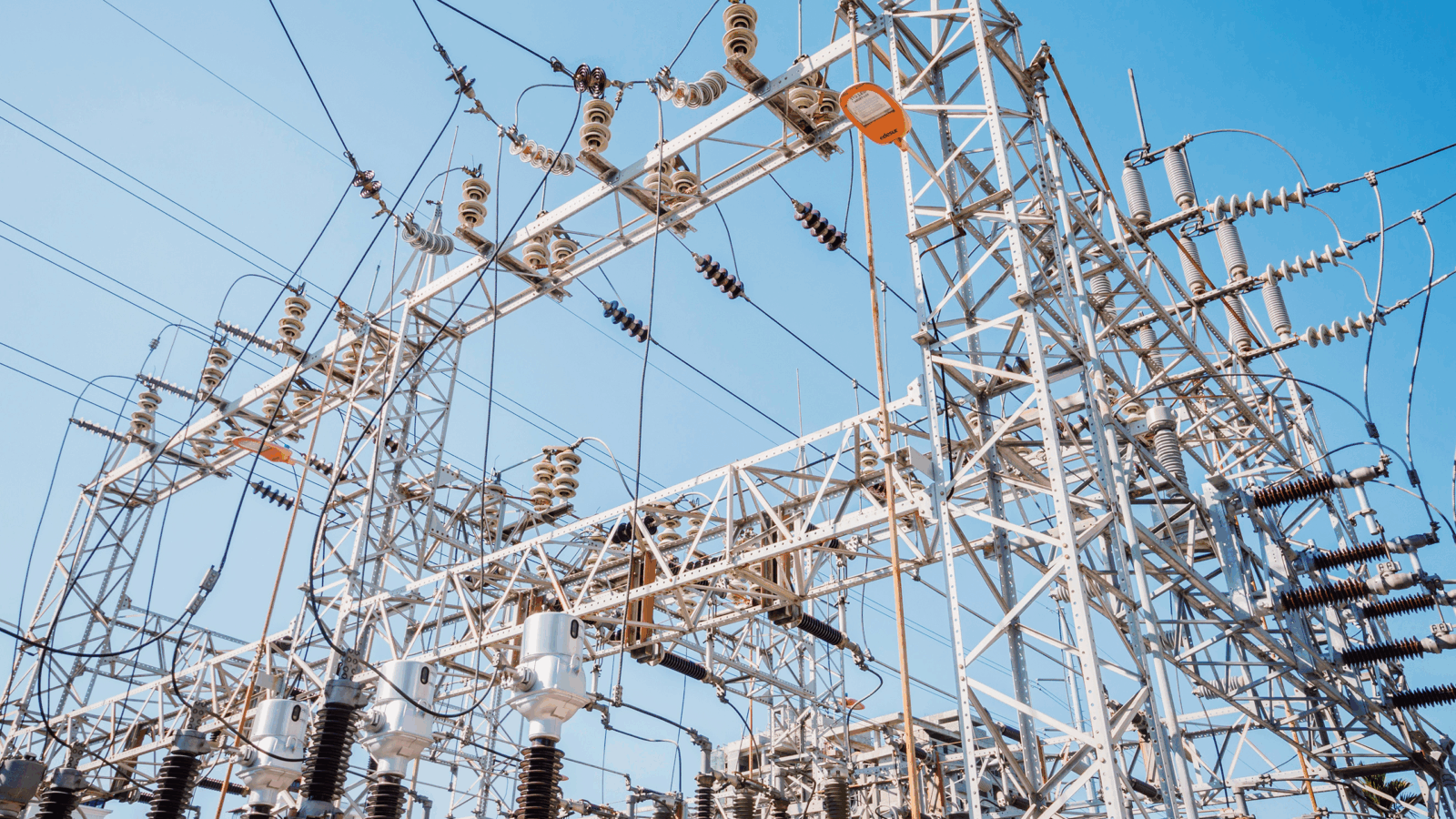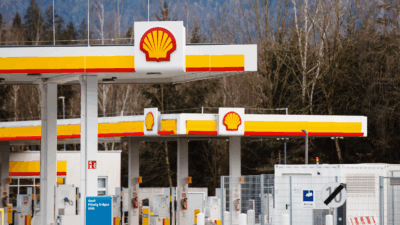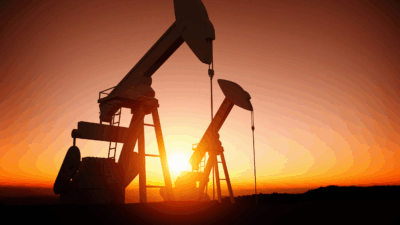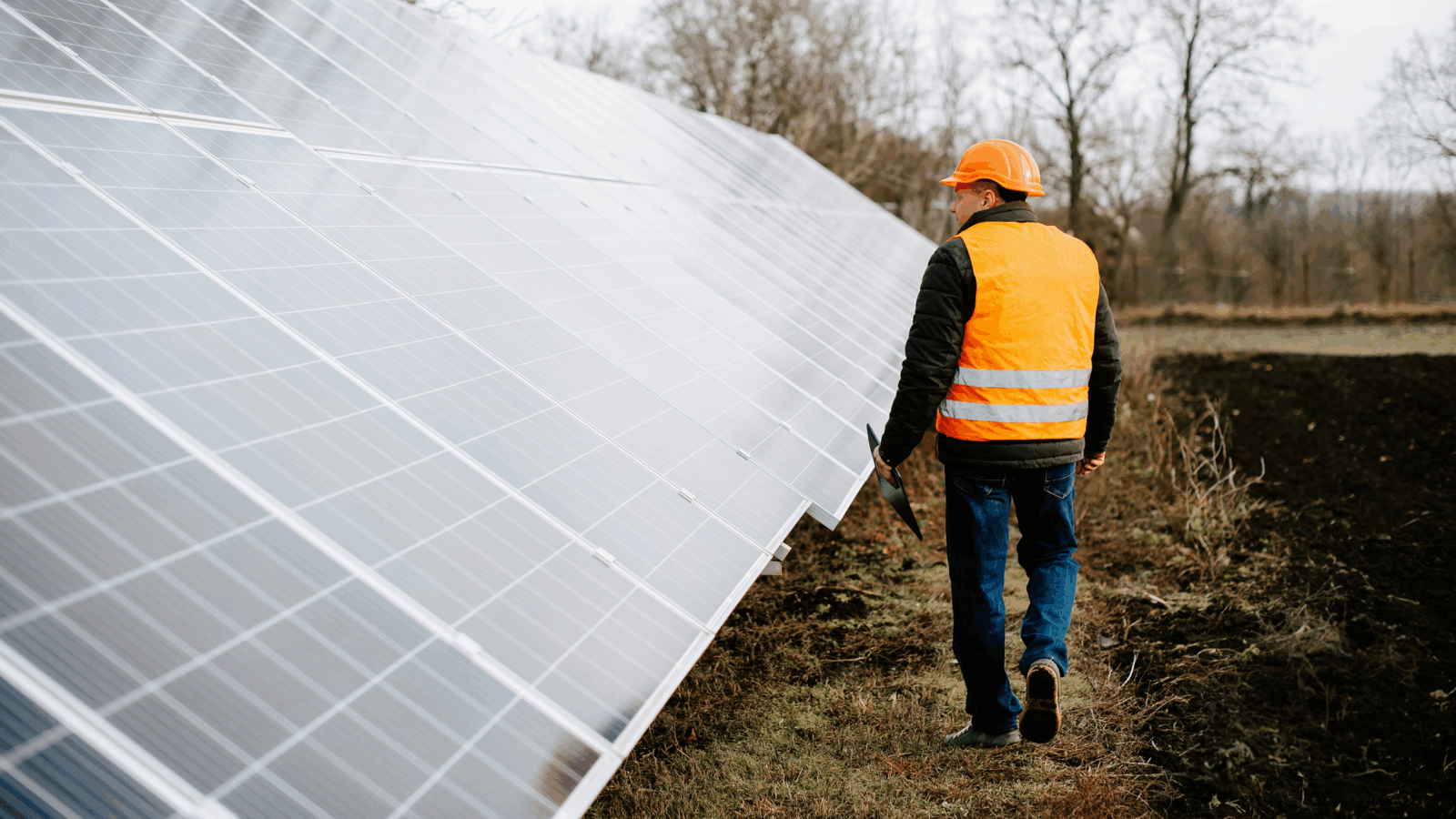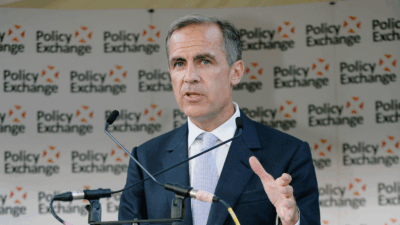Can Wind Power Ride Out the Storm?
For the wind power sector, 2023 was a financial bloodbath. As we hit peak fossil fuel usage, wind power needs the wind back in its sails.
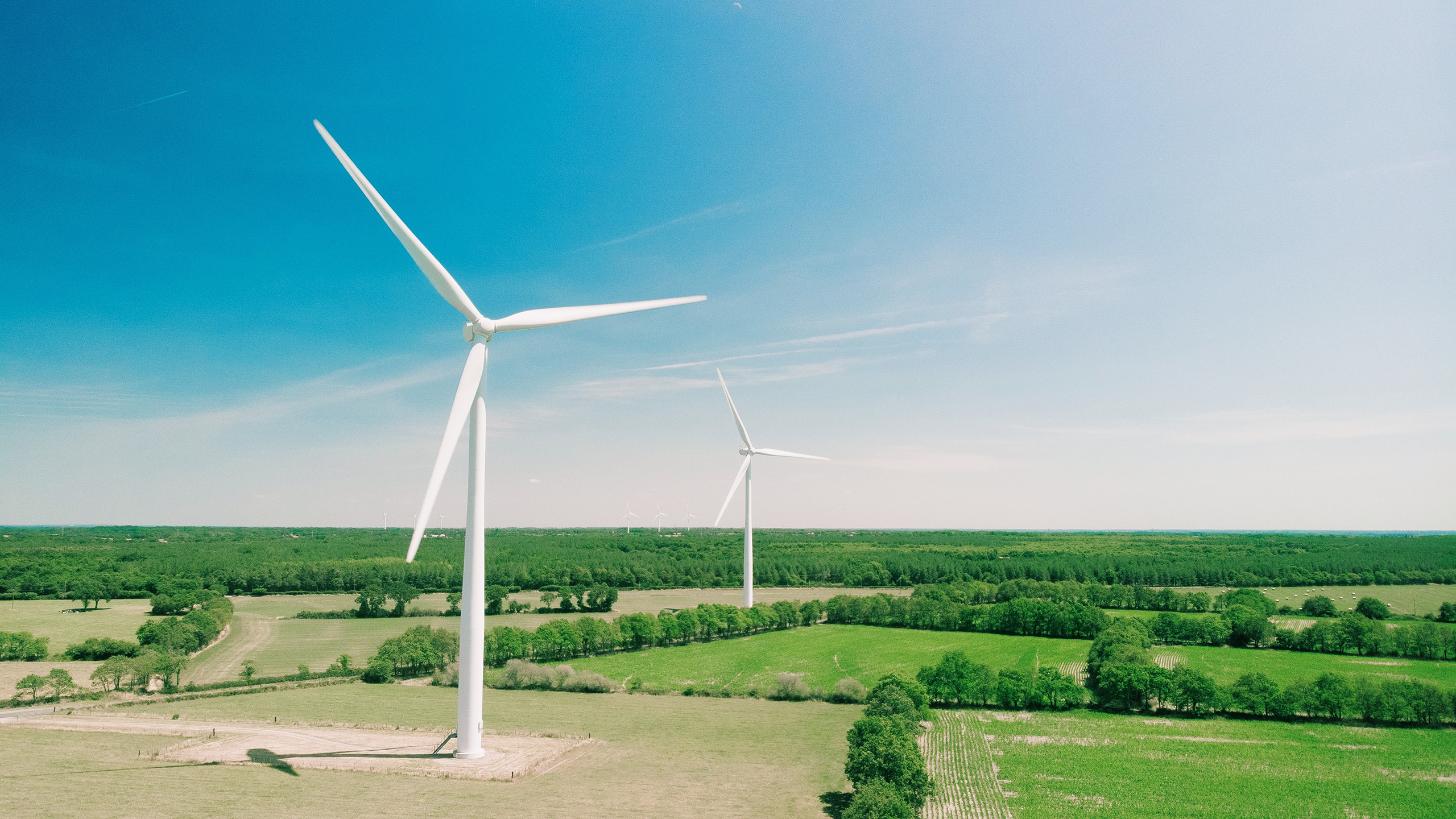
Sign up for smart news, insights, and analysis on the biggest financial stories of the day.
As gloomy as the climate change outlook is, some climate scientists took heart at the end of 2023, as it looked like peak fossil fuel usage might have finally arrived. The International Energy Agency thinks gas-guzzling will at the very least hit its peak by 2030, and some climate scientists tentatively hope fossil-fueled emissions may have already peaked.
That should be good for renewable energy sources, right? So why is the wind power industry experiencing a full-blown financial crisis, with spiraling costs spooking financiers to the point where many projects stalled or even sputtered out entirely? Dead calm pretty much summarizes the state of financing for the wind industry today. Now the question is: Can the industry make it through another 12 months?
Windy History
Commercial wind power (we’re talking actual electricity creation here, not windmills) really kicked up in 1980, with the world’s first wind farm in New Hampshire. It wasn’t the most auspicious start: The farm and its 20 turbines only lasted about two years before the project was shut down due to a lack of, well, wind.
While wind isn’t the world’s biggest generator of renewable energy — that crown belongs to hydropower — its growth has been fast. In 2022, global wind electricity generation increased 14%, a rate second only to solar power, according to the IEA, which hasn’t released data for 2023 yet.
The Wrong Kind of Headwinds
Last year, a combination of factors including high inflation and rising costs for materials and logistics (ever tried transporting a wind turbine blade?) sent the cost of financing for wind farms up, which in turn meant financial investors got skittish and backed out of contracts to build big wind farm projects, especially offshore ones, which are more expensive to build and maintain. Anders Opedal, CEO of Norwegian energy company Equinor, told The Wall Street Journal in August that the industry was experiencing its “first crisis.”

Dr. Michael Lerner, an assistant professor of political science and public policy at the London School of Economics, said the big problem for wind power is that companies aren’t able to react when costs start to mount because they enter into fixed contracts long before they actually start building. “Firms deal with rising costs across all kinds of industries. The reason why this is really tough for the wind sector, in particular, is because of these long-term agreements that they enter into that are intended to give cost certainty to the people they work with,” said Lerner. “It’s not just that costs are higher, it’s that they can’t pass that along easily,” he added. So unlike PepsiCo or McDonald’s, wind companies can’t simply raise prices on the consumer end.
In the US, offshore wind farms were seen as a key part of the Biden administration’s green energy plan, but the sudden retreat by potential financiers put a major damper on the sector toward the end of 2023:
- Ørsted, Denmark’s national energy company, had invested in multiple US wind projects but announced on Halloween that it was backing out of two New Jersey-based developments.
- By August 2023, around $33 billion in wind projects around the US and Europe were put on ice.
In the UK, where wind is the biggest renewable energy source (logical for such a blustery island), a September auction for offshore wind contracts resulted in a grand total of zero new contracts.
Governments Tune In
KPMG’s UK head of energy Simon Virley told the Financial Times in October that world governments were too slow to recognize the financial problems the wind energy industry faced. “Offshore wind projects around the world have faced a triple whammy of high supply chain inflation, rising interest rates and a reluctance on the part of governments to adjust auction parameters to respond to these new market conditions as they prioritize keeping costs to consumers down,” Virley told the FT.
Toward the tail end of 2023, some governments tried putting the wind back in the industry’s sails:
- The EU passed a package in October aimed at boosting the industry’s fortunes, smoothing out permitting processes and providing a finance avenue with the European Investment Bank (EIB) “offering de-risking guarantees.”
- In November, the UK said it would raise the price cap for offshore wind projects by 66%, following September’s embarrassing no-show contract auction.
Alethea Warrington, senior campaigner at UK climate charity Possible, told The Daily Upside these measures were a good start — but more ambition is needed. “We’ll need to see the results of the next auction round to see whether the government has done enough to allow projects to go ahead, but it is important to be clear that these aren’t subsidies – they’re a mechanism to allow the clean energy the UK needs to be developed at the lowest possible cost,” Warrington said.
“The faster we build out renewable generating capacity, the cheaper it gets, and the sooner we do this, the bigger the carbon and financial savings will be,” Warringtion added. “New wind is capital-intensive, but delays at this stage cost us more over the medium to long term.”
Fly in the Oil: Professor Mark Maslin, a climatologist at University College London, told The Daily Upside that a wrinkle for UK offshore wind farms is Prime Minister Rishi Sunak’s decision to dole out licenses for oil and gas drilling in the North Sea, meaning many survey ships and tugboats will be tied up working for fossil-fuel companies — assuming those licenses survive this year’s UK general election. Nonetheless, Maslin thinks the UK lifting its cap will be enough to spur on offshore wind projects. “2024 will be another good year for offshore wind,” he predicted.
A Breath of Fresh Air
The end of 2023 did see a flutter of hope, courtesy of Danish turbine manufacturer Vestas Wind Systems, which in November announced an uptick in orders and experienced a 30% rebound in its stock price.
Whatever Floats Your Boat: If the wind sector manages to horse-whisper its investors enough, this year could also see more innovation in the wind turbine space with the proliferation of floating wind turbines. Traditionally, offshore turbines have had to be rooted to the seabed, meaning they could only be built near(ish) the shoreline — but floating turbines could not only be built in deeper water, widening the area where wind farms could be built, they could also be much bigger, benefit from much windier conditions, and generate much more electricity. The world’s first floating wind farm was built off the coast of the UK and started producing power in 2017. There are just two operational floating wind farms in the UK, but an extra 29 have secured leasing deals and another 22 projects are in the pipeline, according to the Financial Times. The future is howling.
